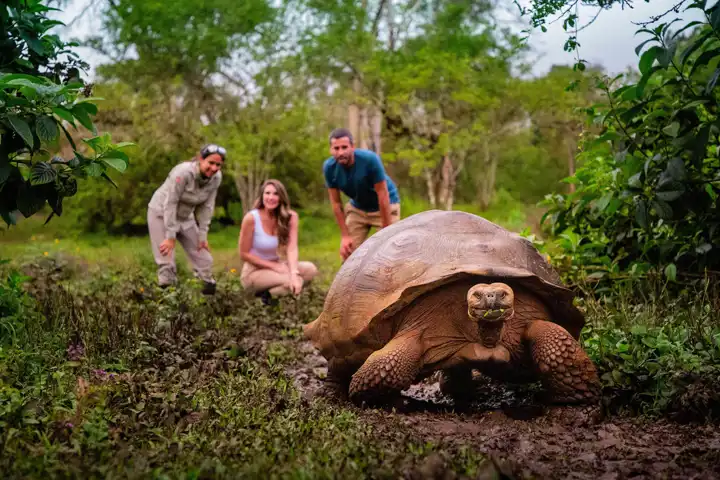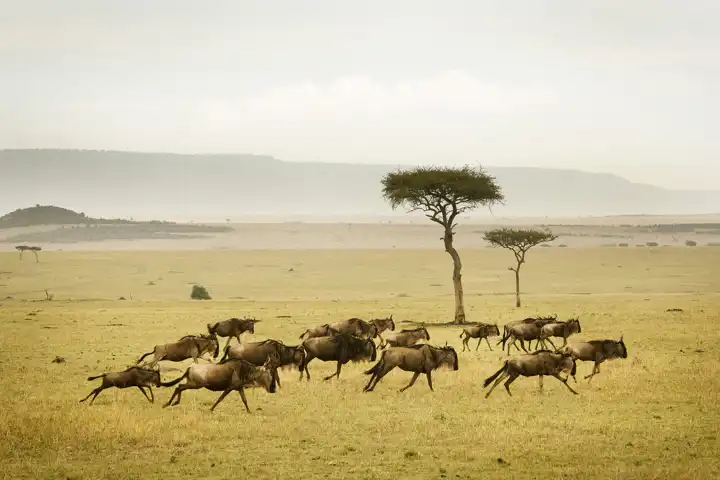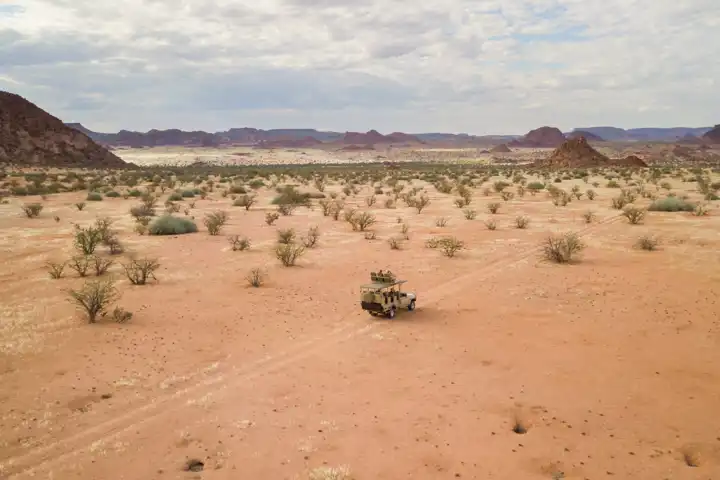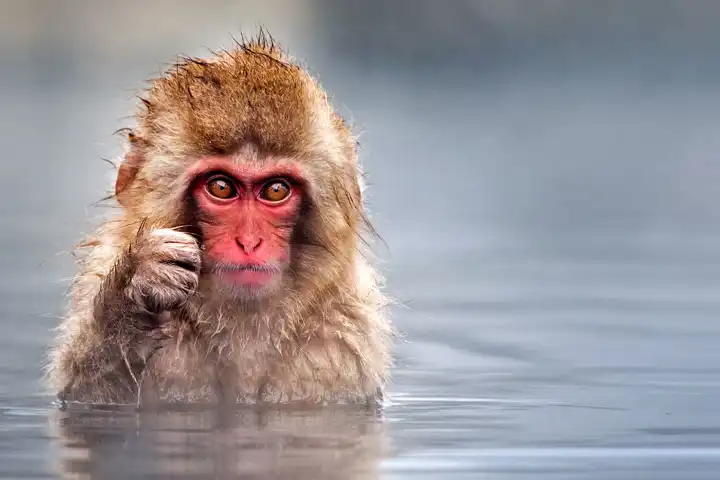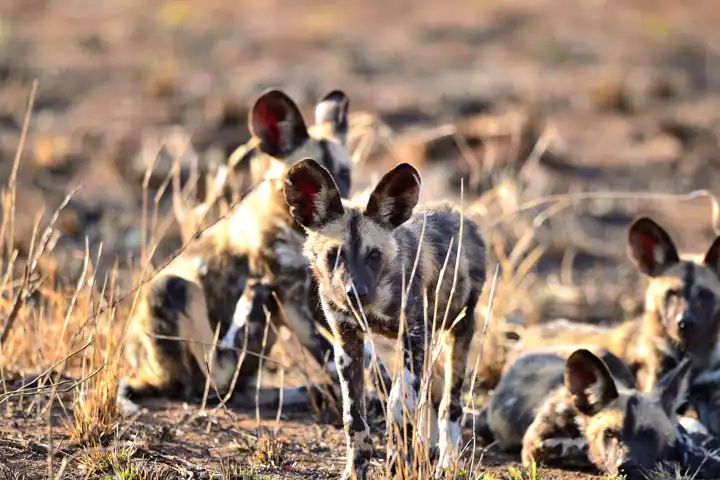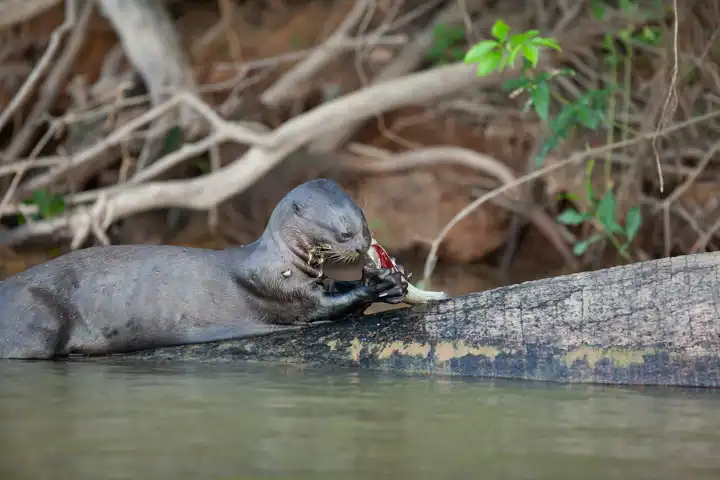The Most Interesting Animal Migrations Around the World
Chances are, you’ve heard of the Great Migration. And while it certainly is great, it’s one of the seven natural wonders of Africa after all, what about other animal migrations around the world? There are tons of interesting animal migrations around the world, but we’ve narrowed it down to a few of our favorites.
Giant Tortoises, Galapagos Islands
Giant tortoises are known as the “slow and steady migrators.” They don’t cover a great distance. In fact, they only migrate a little less than four miles over a migration period of two to three weeks, but they migrate, nonetheless. Their journey begins in the highlands of Santa Cruz Islands. When the rainy season starts in December, they slowly make their way to the lowlands until about June or July, then return back to the highlands.
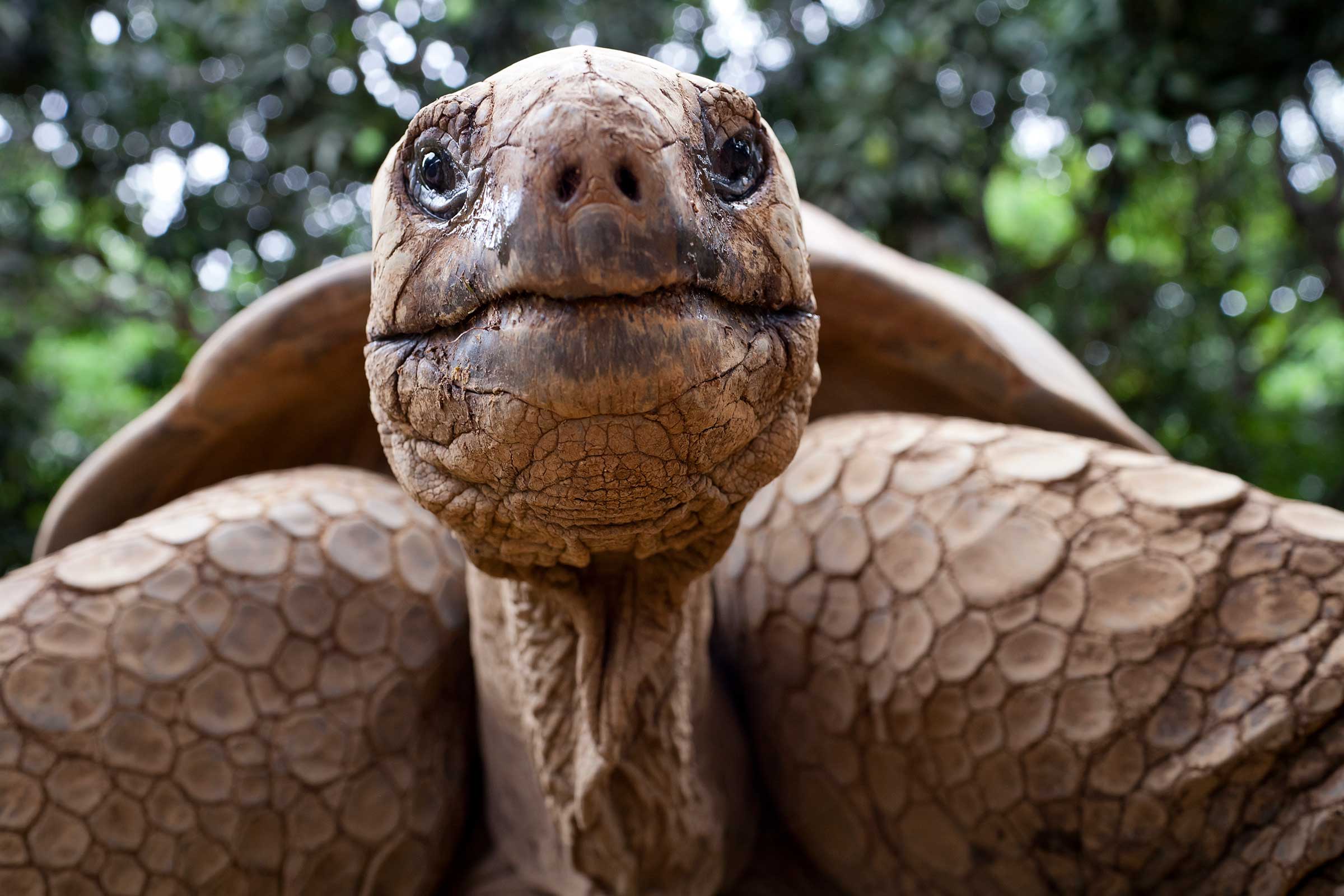
Zebra Migration, Botswana
Botswana is home to the longest terrestrial migration in Africa. Each year 25,000 zebra make their annual journey through Botswana’s Makgadikgadi and Nxai Pan National Parks from the Okavango Delta, covering a distance of over 300 miles round trip. Travel to Botswana, specifically Jack’s Camp during the green season, to watch the migration under the shade of trees with a picnic lunch, or perhaps spot it right outside your veranda.

Southern Right Whales, Argentina, South Africa, Australia, New Zealand
Southern right whales migrate between Antarctica in the summer and north to places like Australia and South Africa to breed and give birth. In Argentina, the best place to see them is along Peninsula Valdes in September, though they can be seen from June to December. And on the other side of the world in September, Hermanus, South Africa plays host to the southern right whales as they return to the bay for calving and mating season. You know it’s a pretty big deal there too – there’s an annual three-day Whale Festival to celebrate the best land-best whale watching in the world.
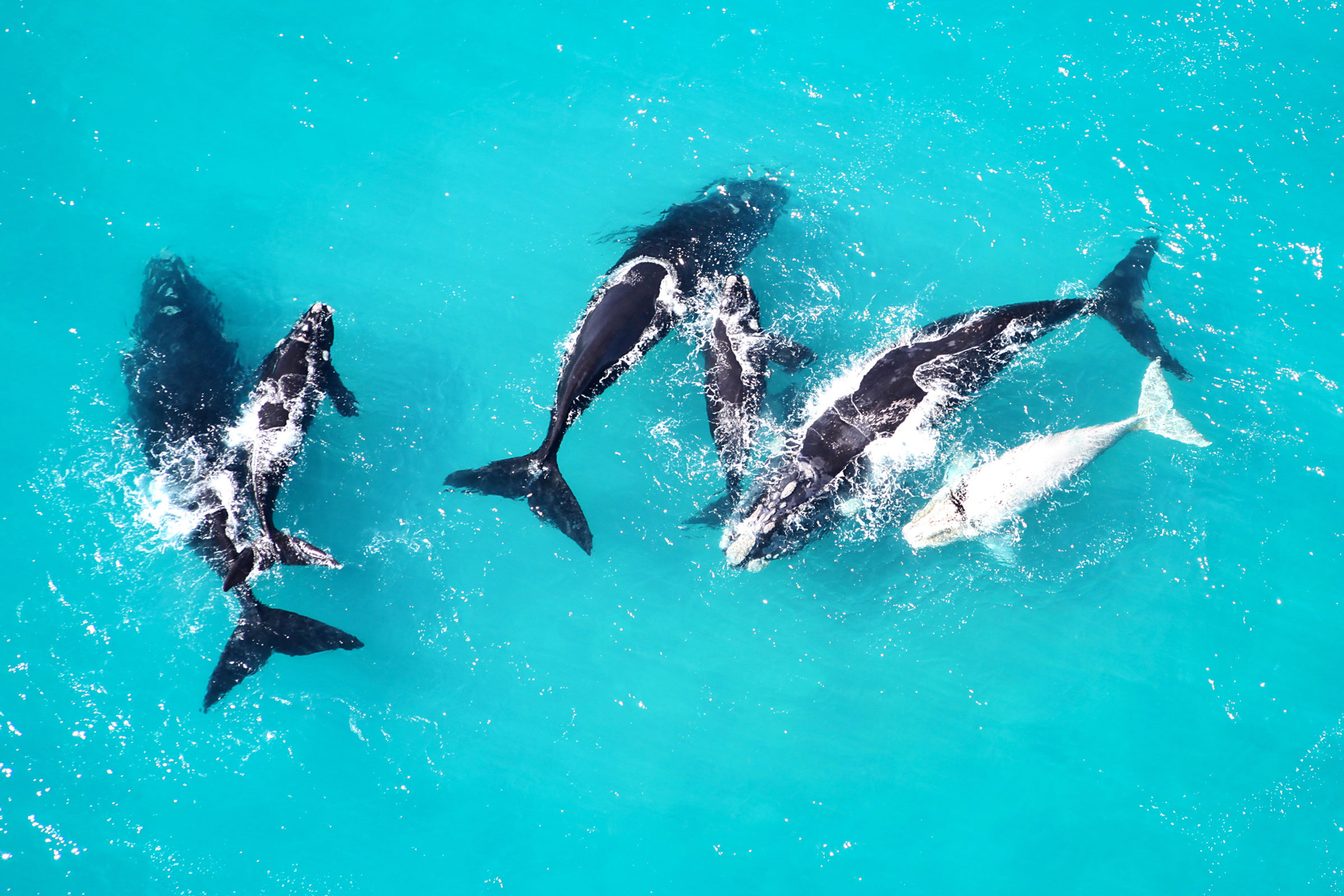
Cape Fur Seals, Namibia
Each November and December, hundreds of thousands of Cape fur seals travel to the Skeleton Coast to mate, give birth, and hunt for fish. The colony at Cape Cross Seal Reserve has seen as many as 210,000 seals at once, stretched out in the sand singing a chorus of grunts and bleats. Though the marshes and surf are heavy, they are no match for these agile underwater navigators. Some 6,200 square miles of coast has been designated the Skeleton Coast National Park, and the best way to see it and the Cape fur seal colonies is via a flying safari.
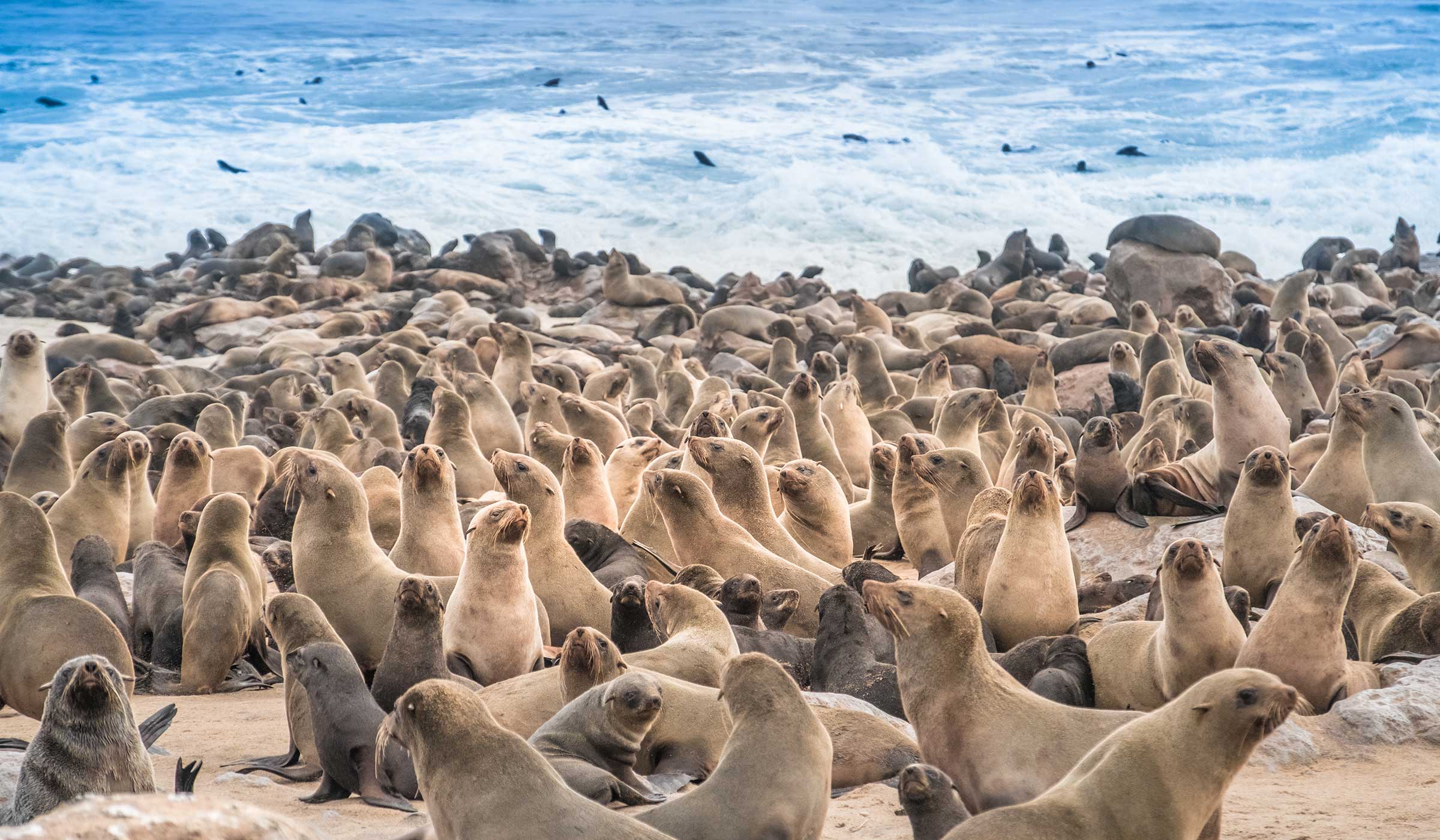
Salmon Run, Pacific Northwest USA and Canada
The salmon run in the Pacific Northwest is iconic. Each fall millions of salmon return from the ocean to the freshwater streams of the Pacific Northwest and Canada, swimming upstream and leaping waterfalls to return to their spawning grounds.
Monarch Butterflies, North America and Mexico
If you’ve ever thought about wintering in Mexico, then you aren’t so different than the monarch butterfly. They can’t survive long, cold winters in most of the United States so they fly south 2,500 miles to Mexico if they live east of the Rocky Mountains, or to small tree groves on the California coast is they live west of the mountains. They make the round trip once, but amazingly, hibernate in the same trees each year – impressive once you realize they aren’t the same butterflies that were there the year previous. It’s actually their children’s grandchildren.
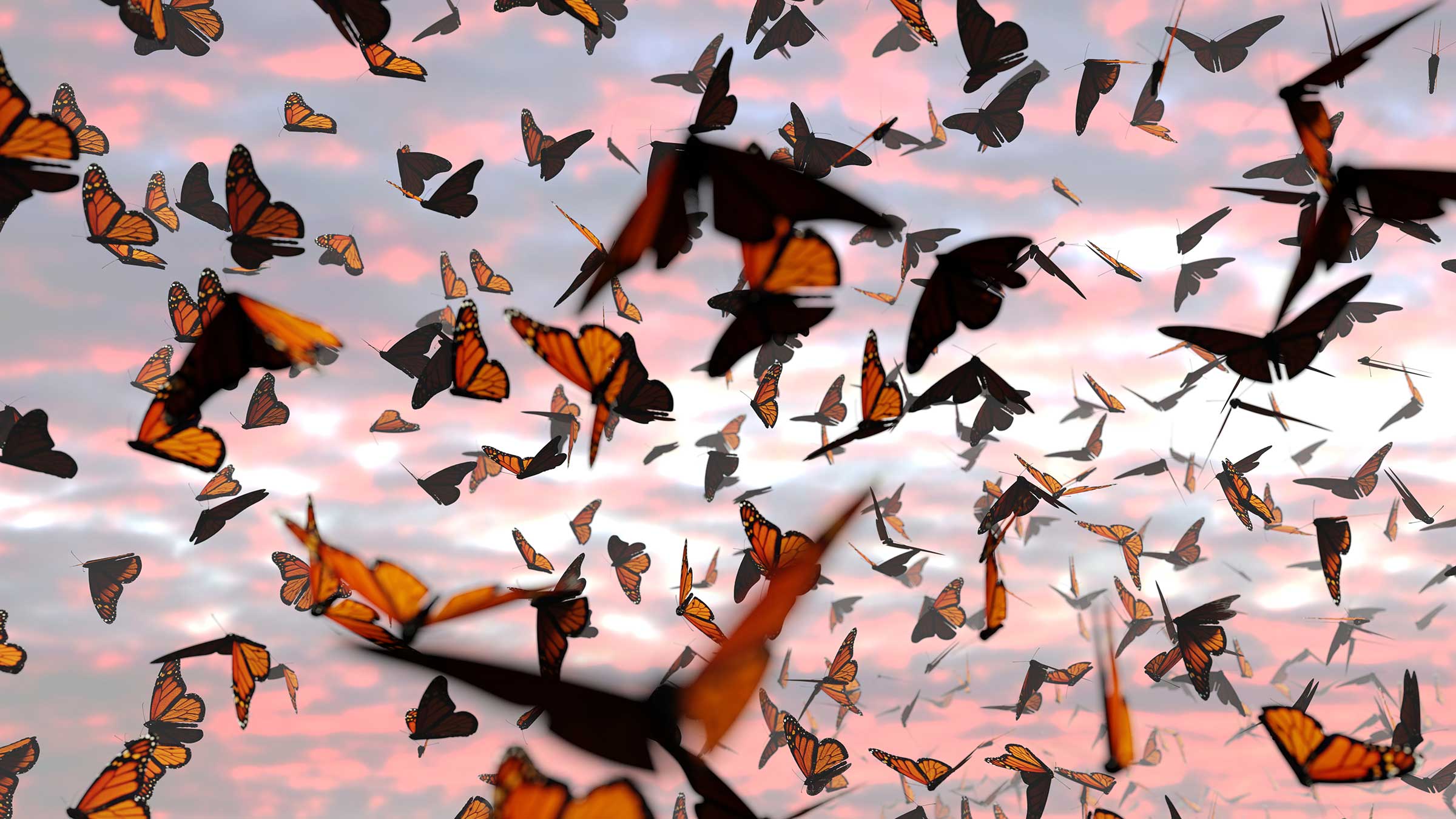
Emperor Penguins, Antarctica
November is perhaps one of the most adventurous times to visit Antarctica. It is late spring and early summer in the Great Southern Ocean—a time when the undisturbed landscape breaks free from winter and enters its breeding season. The penguins are a real treat in November too – the chicks that hatched in August are starting to molt their feathers as their waterproof plumage comes in, preparing them for their journey to the ocean with their parents.
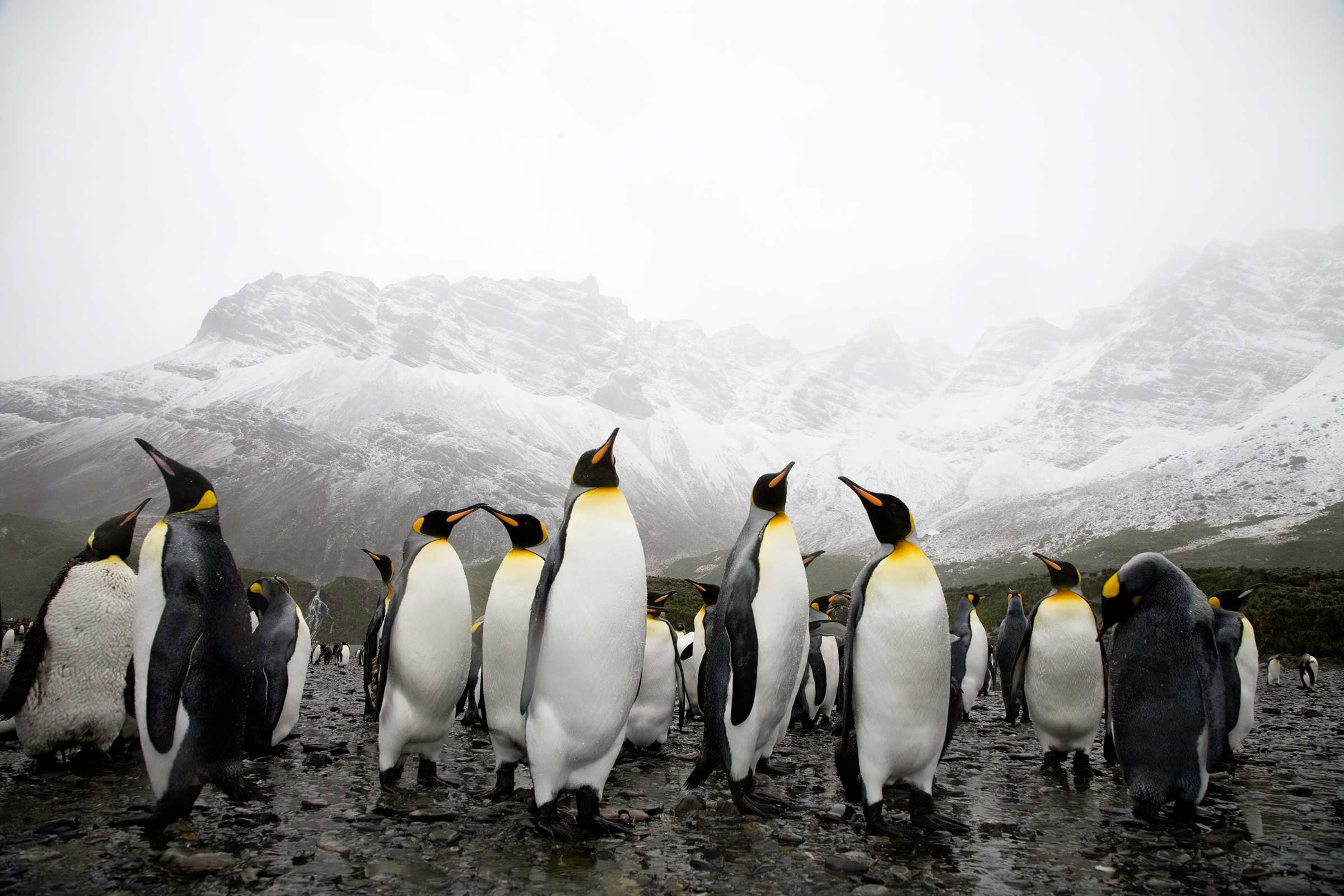
Humpback Whales, Hawaii and Australia
Each year humpback whales travel thousands of miles from polar feeding grounds to tropical breeding waters. Witness the whales breeching and singing in places like Hawaii from December - April and the eastern coast of Australia from May - November.
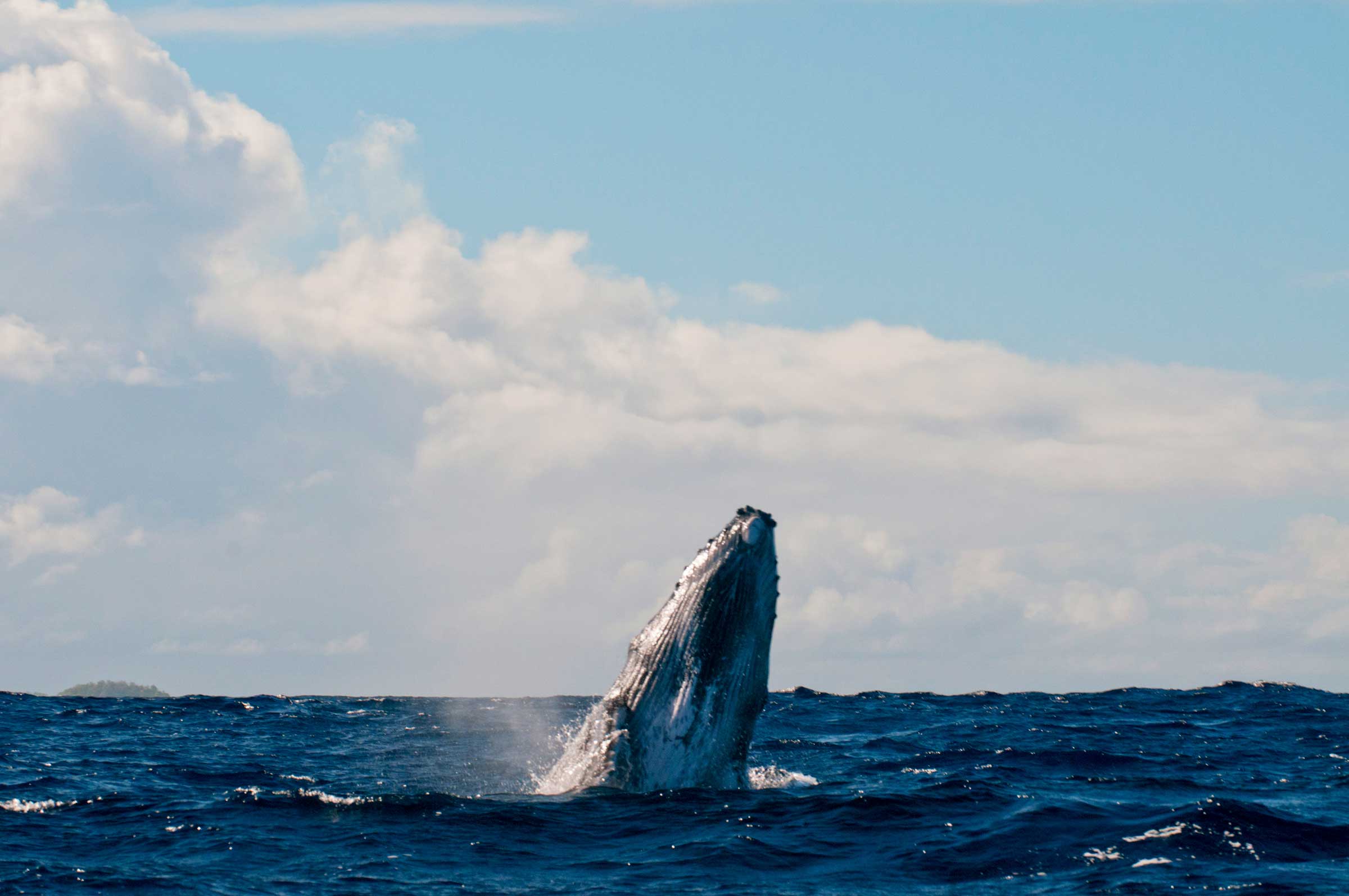
The ‘Other’ Wildebeest Migration, Zambia
You’ve certainly heard about the wildebeest migration in Kenya and Tanzania, but did you know, there’s another wildebeest migration that happens in Zambia? It’s second only to the migration between the Masai Mara and the Serengeti. Each year, 45,000 wildebeest head to the Liuwa Plains from Angola between September and November in search of fresh grazing grounds. This migration is a lot more intimate and off-the-beaten path than its well-known counterpart.

Caribou Migration, Alaska and Northern Canada
Each year, vast herds of caribou (herds can number over 200,000 thousand) journey across the Arctic tundra each spring and fall in one of the longest land migrations Earth. They travel hundreds of miles between their winter forests and summer calving grounds, facing predators along the way.
The Sardine Run, South Africa and Mozambique
The yearly sardine run off the coast of South Africa and Mozambique is one of the world’s most spectacular marine events. From late my to mid July, billions of sardines move from Southern Africa along the coast through the Eastern Cape and up into KwaZulu-Natal. The run can also extend up to Mozambique. The shoals can extend for miles, attracting thousands of predators. Several vantage points along the coast and from the ocean offer a chance to witness dramatic scenes play out.
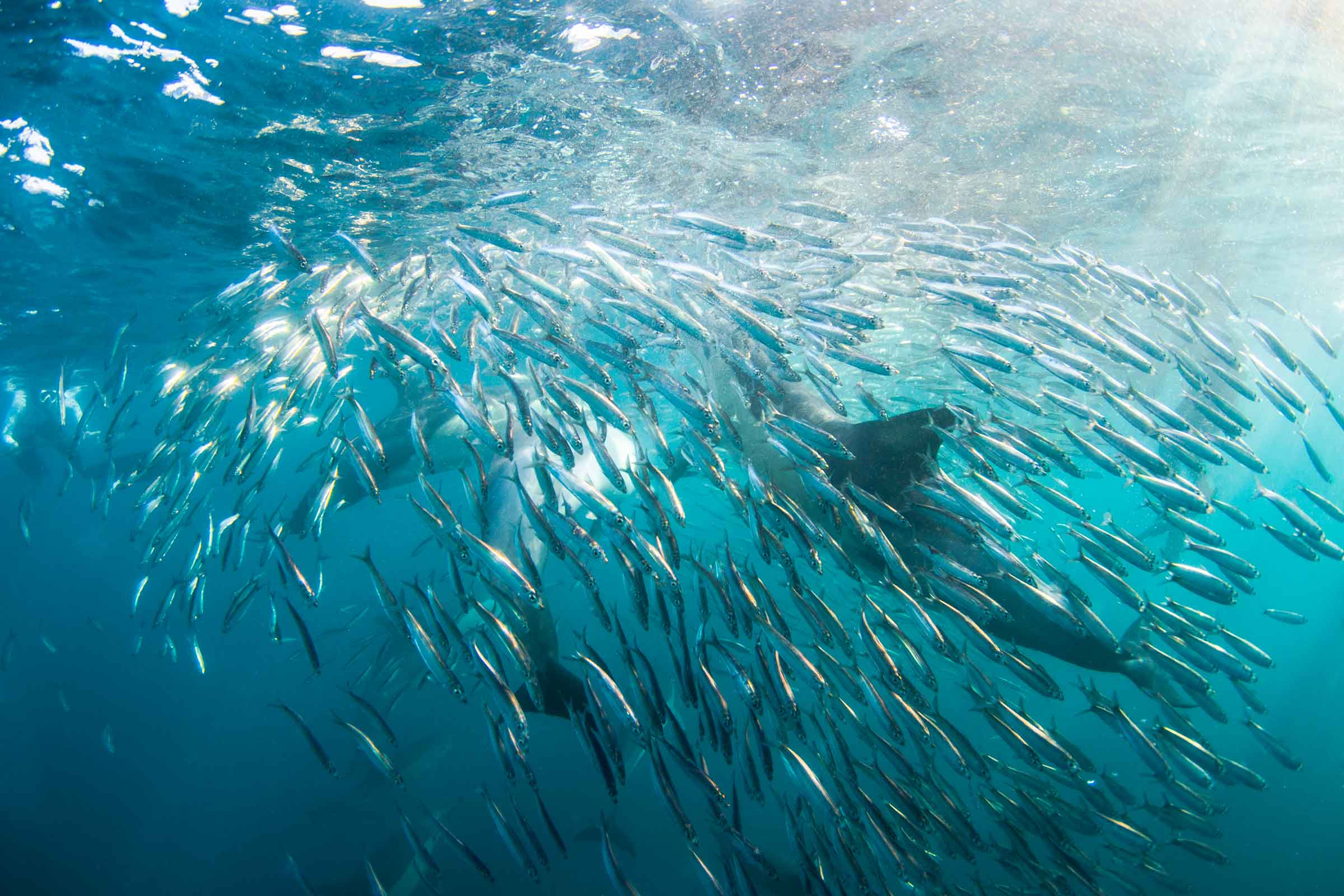
Talk to your Designer to see how to plan your journey around some of these interesting animal migrations around the world. Stay up to date on all our online content by following us on Facebook and Instagram.

Talk to A Travel Designer
Get advice and suggestions to make this your perfect trip.
Or give us a call at 800.423.4236.
Inquire NowSee What We Are Up To
Subscribe to our Weekly Newsletter for Travel Tips and Insider Guides for Planning your Next Journey!

